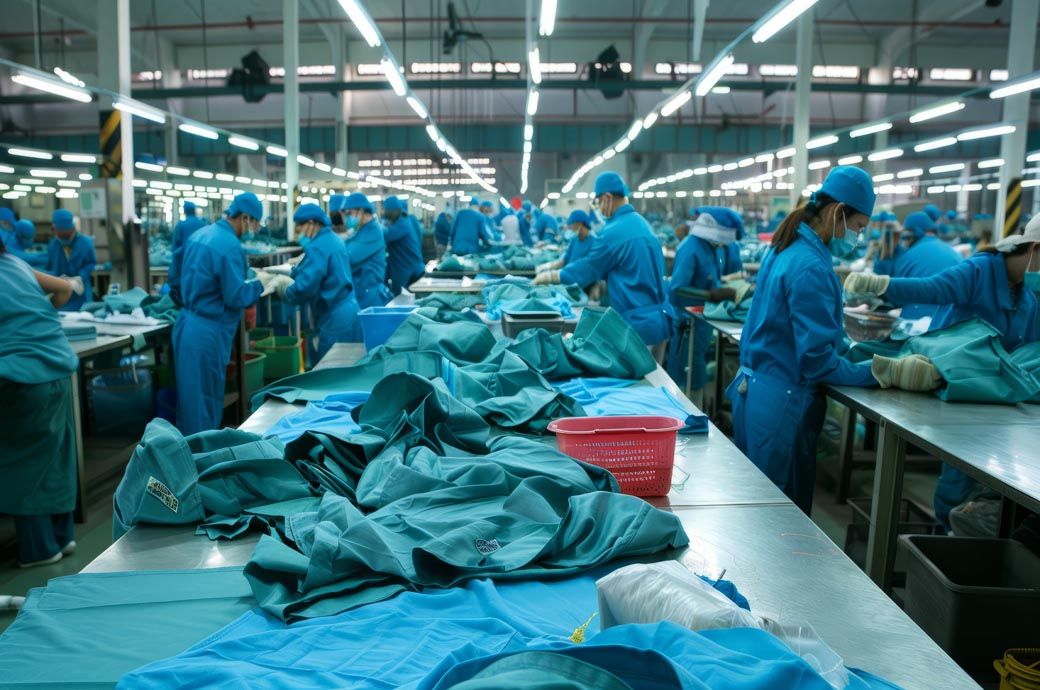

The level of employment in the sector also saw its steepest decline since August 2020, with Germany and Austria registering particularly pronounced job shedding.
Amid sustained and considerable weakness in demand, output prices were discounted more aggressively. There was a marginal improvement in business confidence; however it remained subdued by historical standards.
The HCOB eurozone manufacturing PMI fell further below the 50 no-change threshold in November to 45.2 from 46 in October, thereby signalling a sharper deterioration in manufacturing conditions across the single-currency union.
The pace of contraction was slightly stronger than seen on average over the current period of decline (which began in July 2022).
By country, the survey showed that the eurozone’s manufacturing downturn was centred on its three largest economies—Germany, France and Italy. Regarding the latter two, rates of contraction were their steepest in ten and 12 months respectively.
The Netherlands, Austria and Ireland were the other monitored nations to register sub-50 manufacturing PMI readings in November, although Irish factory conditions were close to stabilising. Meanwhile, Spain and Greece recorded further, albeit slower, improvements.
Factory production volumes across the euro area were reduced midway through the fourth quarter. The pace of decline quickened slightly since October and was marked overall.
Sales performances in export markets worsened during November.
Furthermore, November marked the thirtieth month running that incomplete order levels have fallen, pointing to persistent spare capacity across the sector.
Firms also responded to the worsening demand environment by making stronger cutbacks to purchasing activity and preproduction inventories. The reductions in buying volumes and stocks of inputs were both the most marked in 11 months, S&P Global said in a release.
The amount of finished goods held in warehouses across the eurozone also fell at a faster rate. November survey data pointed to a third successive monthly fall in operating costs faced by eurozone factories. The decline was the slowest seen over this period, however, and only marginal.
Eurozone manufacturers remained optimistic of growth in the coming 12 months, with the level of positive sentiment even ticking up to a three-month high.
Fibre2Fashion News Desk (DS)